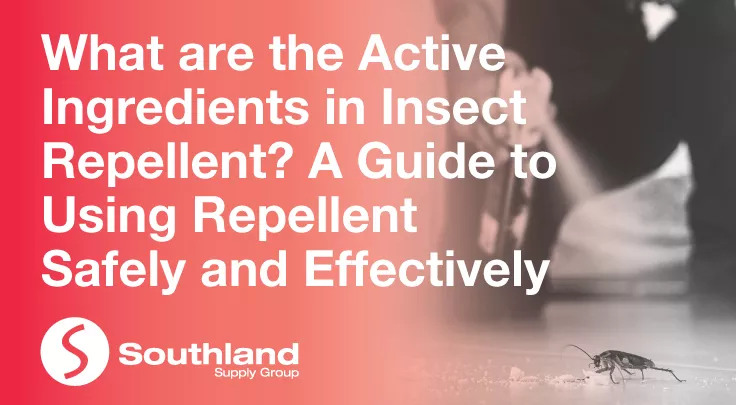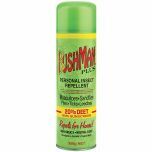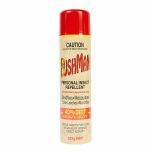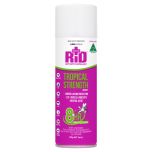
Insect repellents are products that are used to discourage irritating and biting insects from landing on you. While many insect bites cause only local skin irritation, some insects act as carriers of diseases and can cause serious illnesses and even death.
Insect bites, especially mosquito bites, are a common problem throughout the world. In some countries, mosquitoes are the transmitter of potentially serious diseases such as malaria, virus, dengue fever, etc. Therefore it is vital to reduce your exposure to these insects.
Insect repellents have a role in keeping insects away from you, and your colleagues and employees. However, they have chemical ingredients and so must be used correctly to be safe.
Safety from Insect Repellent
Insect repellents are safe if used according to the directions and the precautions taken as stated on the label. Make sure to pay attention to the safety precautions for children.
- Read the label to check the ingredients and directions for use.
- Look for one of the 3 main active ingredients used - DEET, Picardin, or IR 3535.
- Choose an insect repellent with the least amount of active ingredient for the type of insect of concern and based on the amount of time you plan to stay outdoors.
The Active Ingredients Found in Insect Repellents:
Insect repellents or mosquito repellents come in many forms including pump sprays, aerosols, lotions, and gels. The active ingredients in most insect repellents are DEET, Picardin, or IR 3535, for exposed skin and permethrin, for clothing only.
- DEET - repels biting pests such as mosquitoes and ticks when applied to skin or clothing. If used as directed, DEET is generally of low toxicity and considered safe by most public health agencies. However, DEET can irritate the eyes and has a pungent odour. Therefore, it is recommended not to use concentrations above 30%.
- Picardin - repels a wide range of pests when applied directly to exposed skin but does not irritate skin or eyes and has no odour. It is a good alternative to DEET.
- IR 3535 – this ingredient is effective against mosquitos, ticks, and biting flies. It can be an eye irritant but is not a skin irritant. It is also a good alternative to DEET.
What Makes an Ideal Insect Repellent?
The ideal insect repellent should aim to have the following properties:
- Active against a wide variety of biting insects
- Prolonged activity (remain effective for at least 8 hours between applications)
- Non-irritating to the skin and mucous membranes
- Cosmetically appealing (odourless or have a pleasant odour and non-greasy)
- No systemic toxicity
- Resistant to abrasion, washing and sweating
- Chemically stable and doesn’t react with commonly used plastics
- Economically viable for widespread use.
Choosing the right ingredient and being able how to safely use insect repellents is only the first step to finding an insect repellent that is ideal for your application. Consider the length of time you will spend outside and the type of activity you’re planning. The length of protection ranges from two to ten hours, depending on the percentage of DEET in the product.
Southland Has Got You Covered
Find the right insect repellent for you and learn about the active ingredients in each. Visit our website at www.southland.com.au.




